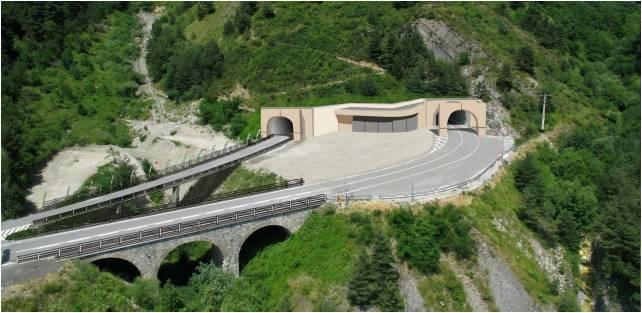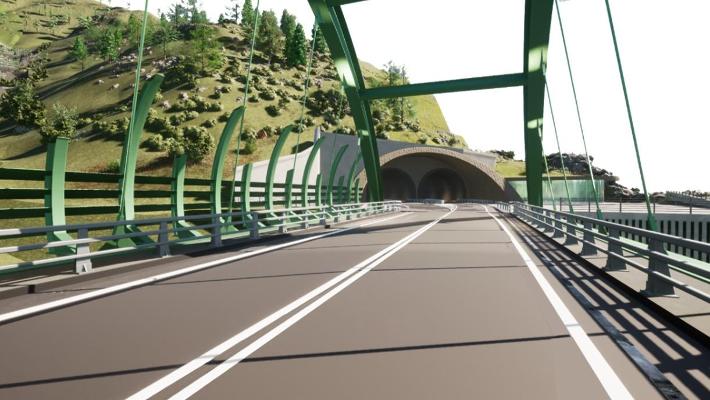Digital rendering: lastampa.it
On October 6th, a conference was held in Rome between the French and Italian governments to address the ongoing situation regarding the Col de Tende Road Tunnel.
First inaugurated in 1882, the longest and most advanced passageway in the Alps has since been crucial for transit between the two European countries due to a couple of key advantages: it could stay open all year long and was completely free. Unfortunately, in 2020, a catastrophe occurred: Storm Alex, a powerful extratropical cyclone, severely damaged the infrastructure, causing a complete closure of the tunnel. This tragedy had a critical impact on the tourism industry of Limone, a notorious skiing gem among the mountains of the area, which used to draw most of its sightseers from Monaco, Nice, and Sanremo.
Since then, repair work has been initiated and is expected to be completed in 2025, but continuous setbacks are causing delays and perplexities. The recent conference covered numerous uncertain aspects. Worries on the French side about the growing cost of the restoration (which rose from 140 to 225 million and likely to keep growing) were met by a document drafted by ANAS in explanation of all the expenses. Furthermore, a new bilateral convention has been issued, which will split the maintenance costs between both stakeholders (42% to be paid by France and 58% by Italy) instead of having only the latter party to bear the whole expenditure.

Digital rendering: lastampa.it
While the requests for a provisional opening of the tunnel for safety cars were turned down due to the consequent violation of Italian safety norms and the possibility of further slowdowns, a joint action was established. This means a study will be commissioned by both Rete Ferrovie Italiane and Société National des Chemins de fer Français to discover whether it would be safe to restore some areas of the railway in French territory back to 80 km/h, with the aim of satisfying mobility requests. Moreover, the two transportation agencies agreed to ensure the total safety of the lines by the end of next year.
Once the road work is complete, transit will be made possible in the two opposite directions by the addition of one passage. Since the railway from Torino to Nice, which also stops in Cuneo and Ventimiglia, will soon be qualified as an international line to enable direct action from both countries, suggestions have been made for France to cooperate through the involvement of French construction companies. In the next few months, the construction of a viaduct joining the tunnel and hairpin turns on France’s side will begin across the landslide, although the process should speed up since most of the complex parts have ended.
But what is going to be the state of affairs in Limone, this winter? How is this beautiful alpine destination going to be reachable?
For the last few years, the local authorities have resorted to relying on train shuttles to transit between Tende and Limone, available to tourists and tourism workers. Meanwhile, it’s been feared this won’t be the case for this year.
Confirmation and timetables haven’t been given to the public yet, but it’s been brought up as a possibility during the conference. If that were the case, no tolls would be imposed on Italian trains stopping at French stations. Overall, the two parties agree on the utter necessity of finishing the repair work as soon as possible and on introducing safety systems, so that the road tunnel will soon be operational again. After all, the realities of the second home and hospitality market in Limone, as well as its tourism services, are reliant on this urgent project.

